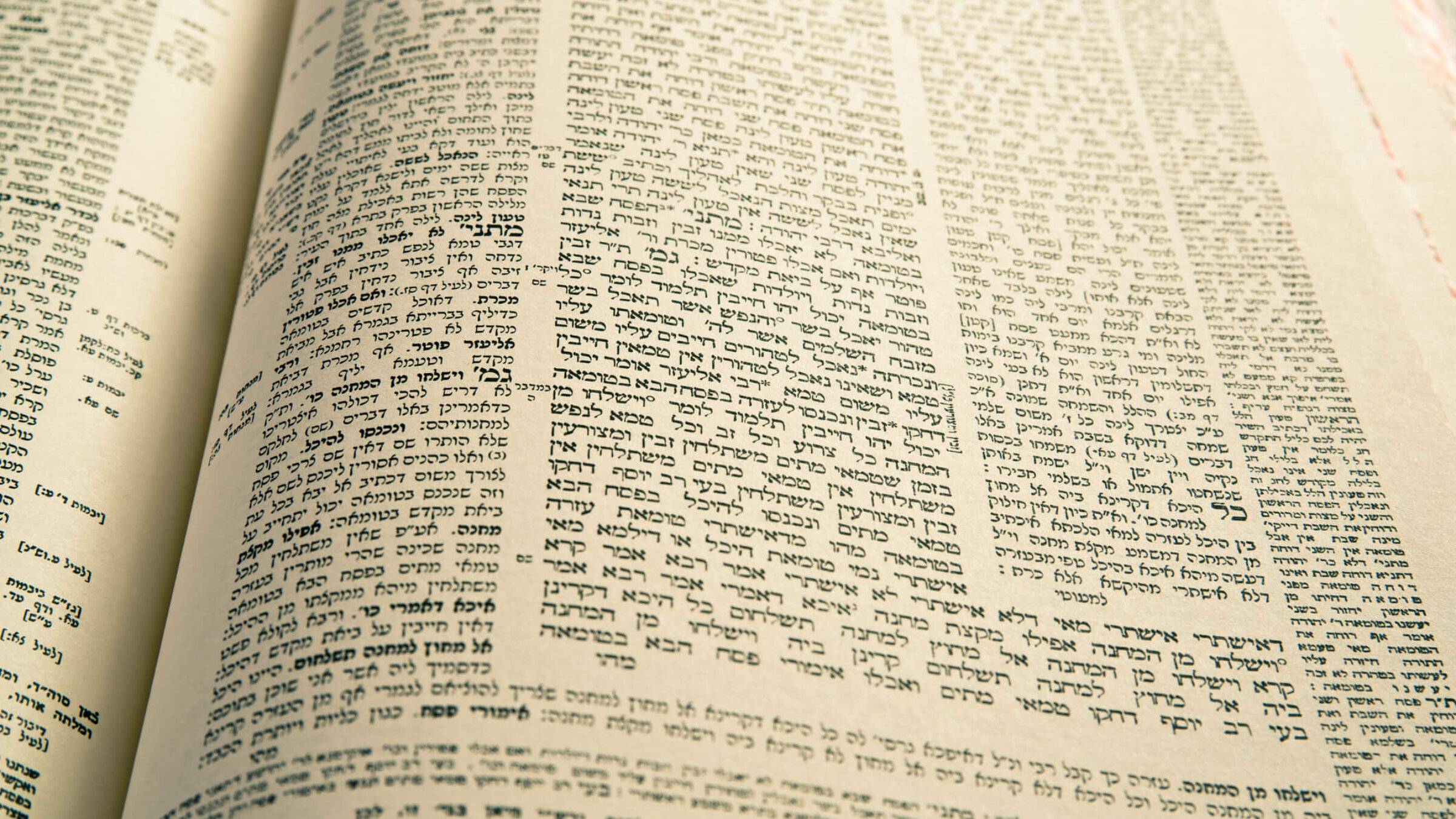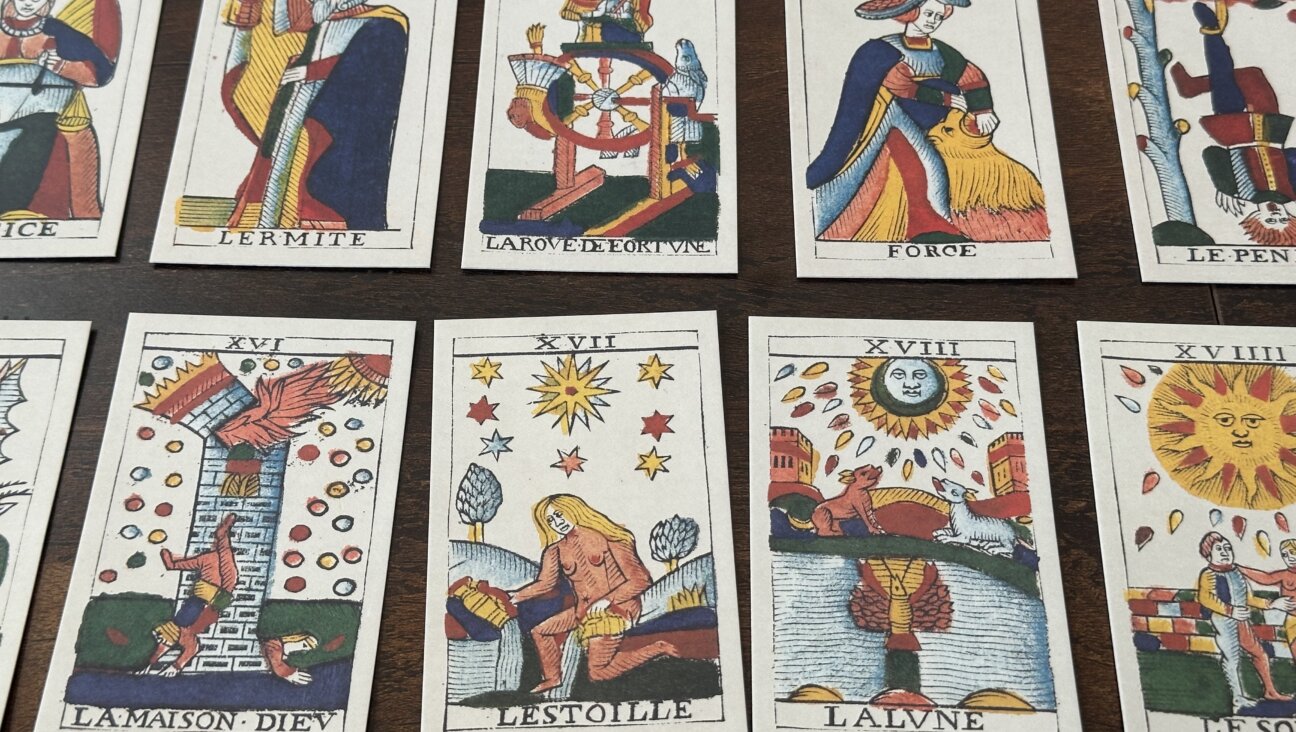A guide to the Talmud for all the haters
The Talmud, made as simple as possible — which is not very

The traditional layout of a page of Talmud, which, as you can perhaps tell, doesn’t lend itself to reading straight through. Courtesy of iStock
Thanks to the frantic news cycle surrounding the tunnel a group of Hasidic men dug under Chabad’s main synagogue in Brooklyn, there’s a renewed interest online in Orthodox Judaism — and not in a good way. Age-old antisemitic conspiracy theories have resurfaced with a vengeance thanks in large part to the lack of moderation on X under Elon Musk’s leadership.
Of particular fascination among the conspiracists is the Talmud. People on X are accusing Jews of hiding the Talmud because they maintain it contains dangerous secrets about topics as wide-ranging as world domination and child sacrifice. Over and over, bad actors are urging “normies” just beginning to fall down the antisemitic rabbit hole to just “read the Talmud and it will all make sense.”
But it’s not quite that simple; Jewish scholars have been devoting their lives to trying to decode the arcane language and convoluted arguments canonized in the Talmud for centuries. So for all you fascinated newcomers, eager to discover the dastardly secrets that lie within, please allow me to provide you with a brief guide — just a Jew trying to be helpful here!
How long is the Talmud?
Really, really long. Like several dozen volumes, depending on the version and typeface — as many as 73 if you’re reading one of the more famous English translations. It’s composed of (arguably) 63 tractates on different topics and laws, such as Kiddushin, which covers marriage contracts; Ta’anit, which deals with the rules for fasting holidays; and Kinnim, which covers, uh, what to do if you mix up two birds. I don’t know — you’re the one who wants to read it.
Beginners and experts alike often take part in an exercise known as Daf Yomi, where they study a new page (front and back) of the Talmud each day; the cycle takes seven and a half years. Best get going!
Also, there are two Talmuds, the Babylonian Talmud (known as the Bavli) and the Yerushalmi Talmud. Generally, people mean the Babylonian one when they talk about the Talmud — it’s considered more authoritative — but how can you really be sure where the secrets lie unless you read them both?
Where can I even find the Talmud, since it’s supposedly so secret?
You can buy a full set online! If you’d like it to be leatherbound and gold-embossed, so you can really feel the mystical secrets, here’s a nice set for about $5,000, including some books of commentary to enhance your understanding. You can even include a nice wooden shtender, or study stand to hold each book up (they’re heavy). You will have to learn Aramaic though, and Mishnaic Hebrew; it’s written in both.
Luckily for the non-Rothschilds among us — which is basically all of us, despite what you may have been led to believe — it’s also available to read online for free.
Wait, so what is the Talmud about?
The Talmud is about rabbis arguing over minutiae. That’s the simplest answer.
The more complicated answer is that it’s a combination of a set of Jewish legal rulings — and often unresolved differences of opinion — known as the Mishnah, and the Gemara, which is the commentaries, analysis and arguments about those laws. A lot of questions or hypotheticals are posed, which are then followed by debate, though very little of it resolves into any clear sort of answer, which is why people still spend their lives debating it today. And a lot of it, if you don’t, say, keep kosher or care about the exact qualities of the etrog you shake on Sukkot, is boring.
In practice, though, a lot of it details the relationships and arguments between a few famous and/or apocryphal rabbis as they debate these laws. And often, much of that is just a record of the rabbis’ daily conversations, which seem to have consisted largely of things like boasting of their own beauty or intelligence while insulting their friends’ large bellies. The ancient rabbis, they’re just like us!
What’s the most horrifying part of the Talmud?
Honestly, there’s a lot. For example, there’s one argument about how to remove warts (though only in the Temple, which no longer exists). One rabbi says it’s forbidden to bite your own wart off on Shabbat, but you can have a friend do it for you; the other rabbis say you can bite your own wart off, if you can reach it. If it’s on your back, though, a friend still has to help. To me, either option is definitively horrifying.
OK, I don’t get what any of this has to do with those tunnels
Well, let’s see what the Talmud has to say about digging.
If you dig a hole and someone falls in it, there is a very complicated set of rules to determine whose fault it is, depending on who was the last person to touch the shovel, whether insects ate the cover over the pit (if there was one) and a number of other factors.
Digging is also forbidden on Shabbat — that’s sunset on Friday to sunset on Saturday — except if your goal in digging is to procure dirt, not to create a hole, which is especially OK if the dirt is needed for a fun activity like, I don’t know, a sandcastle.
I hope that’s helpful.

















